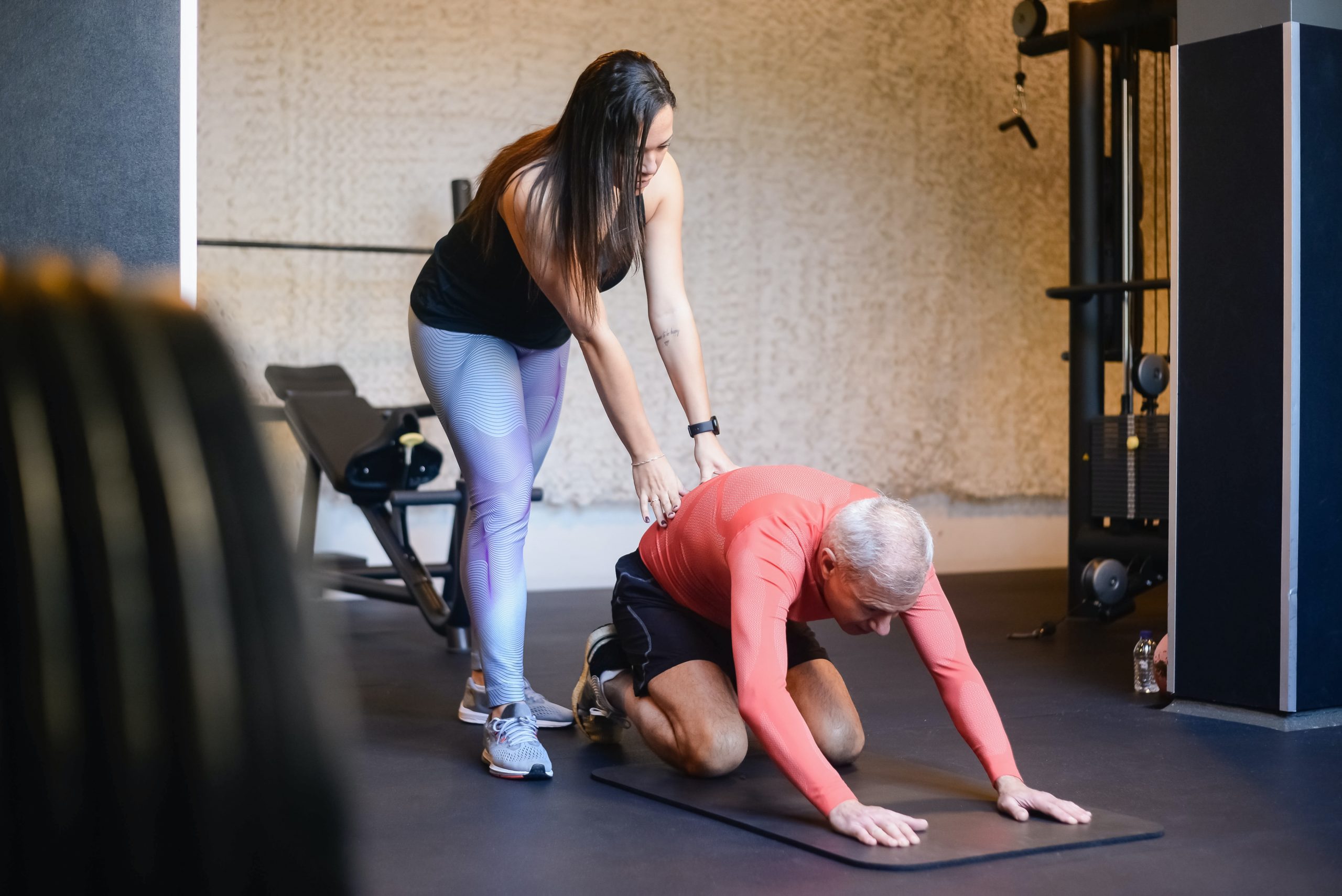Are you looking to become a successful personal trainer? If so, you’ve come to the right place. Being a personal trainer can be an incredibly rewarding and lucrative career path. It’s also one that requires dedication, hard work, and knowledge of the industry. In this guide, we’ll provide you with all the information you need to know about becoming a personal trainer and what it takes to succeed in this field. We’ll discuss topics such as certification requirements, marketing yourself as a personal trainer, setting your rates, creating workout plans for clients, understanding nutrition science, and more. Following the steps outlined below will ensure that you are well on your way toward becoming an accomplished personal trainer who is respected by their peers and appreciated by their clients!
1. Get Certified:
While you don’t need a degree to become a personal trainer, you will need to obtain certifications before you can start working with clients. You’ll want to research the different types of certification programs available and find one that best suits your needs. Consider factors such as cost, recognition, job prospects, and any other benefits or drawbacks associated with each program. In addition, make sure the program you choose meets your local area’s requirements for personal trainers. Getting a personal trainer certification will help you stand out from the crowd and give clients confidence in your abilities. So, make sure you have the right certifications before getting started.
2. Market Yourself:
Once your certification is in hand, it’s time to start marketing yourself as a personal trainer. Start by creating a website or other online presence that showcases your skills and experience. You can also use social media and local health and fitness advertising campaigns to reach potential clients. You’ll also want to consider joining fitness-related organizations such as the National Strength and Conditioning Association (NSCA) or the American College of Sports Medicine (ACSM). This will help you network with other professionals in the industry, gain recognition, and stay up-to-date on the latest trends and techniques.
3. Set Your Rates:
Personal trainers come in all shapes, sizes, and price points. It’s important to understand your value as a personal trainer and charge accordingly. Be sure to take into account factors such as experience, market demand, the cost of living in your area, and any additional benefits you are offering clients (such as nutrition advice or access to fitness equipment). Don’t undervalue yourself—you worked hard for your certification! This will ensure that you can continue to provide the best possible service for your clients while also making a living.
4. Create Workout Plans:
Now it’s time to start creating effective workout plans for your clients. Make sure you consider each client’s individual goals, abilities, and limitations when developing their plan. You’ll want to review the latest research on exercise science, think critically about how exercises work together in various combinations and sequences, and design workouts that are tailored specifically for each client. This is where having a good understanding of anatomy, physiology, biomechanics, nutrition science, and kinesiology can really come in handy! In addition, understanding how to work with different types of clients and modify exercises for special populations is essential.
5. Monitor Client Progress:
As a personal trainer, it’s your job to help your clients reach their goals and make progress in their fitness journey. It’s important to track each client’s progress by taking measurements, tracking workouts, and providing regular feedback on performance. This will enable you to adapt workout plans as needed, identify any weaknesses or injuries that need attention, and provide encouragement along the way. Having an ongoing dialogue with the client will also help build trust and ensure they are getting the best results possible from their training sessions.
6. Understand Nutrition Science:
Good nutrition is essential for any fitness program—it helps fuel workouts, aids in recovery and performance, and is necessary for overall health. As a personal trainer, it’s important to have a good knowledge of nutrition science so that you can provide clients with advice on how to eat for their goals. This includes everything from understanding basic principles such as macronutrients (carbs, protein, fat), vitamins and minerals, food labeling systems, and dietary guidelines to knowing what types of foods work best for different types of athletes or those with specific dietary needs. Understanding the basics of nutrition will ensure your clients are getting the best possible results from their fitness program.

Overall, becoming a personal trainer is an exciting and rewarding career path. It requires dedication to learning the latest trends in exercise science, nutrition science, anatomy, physiology, and kinesiology. Additionally, it’s important for trainers to understand their own value as fitness professionals so they can charge accordingly for their services. With these tips in mind, you should now have all of the tools needed to start your journey into personal training! Good luck on your new adventure – we wish you nothing but success!

